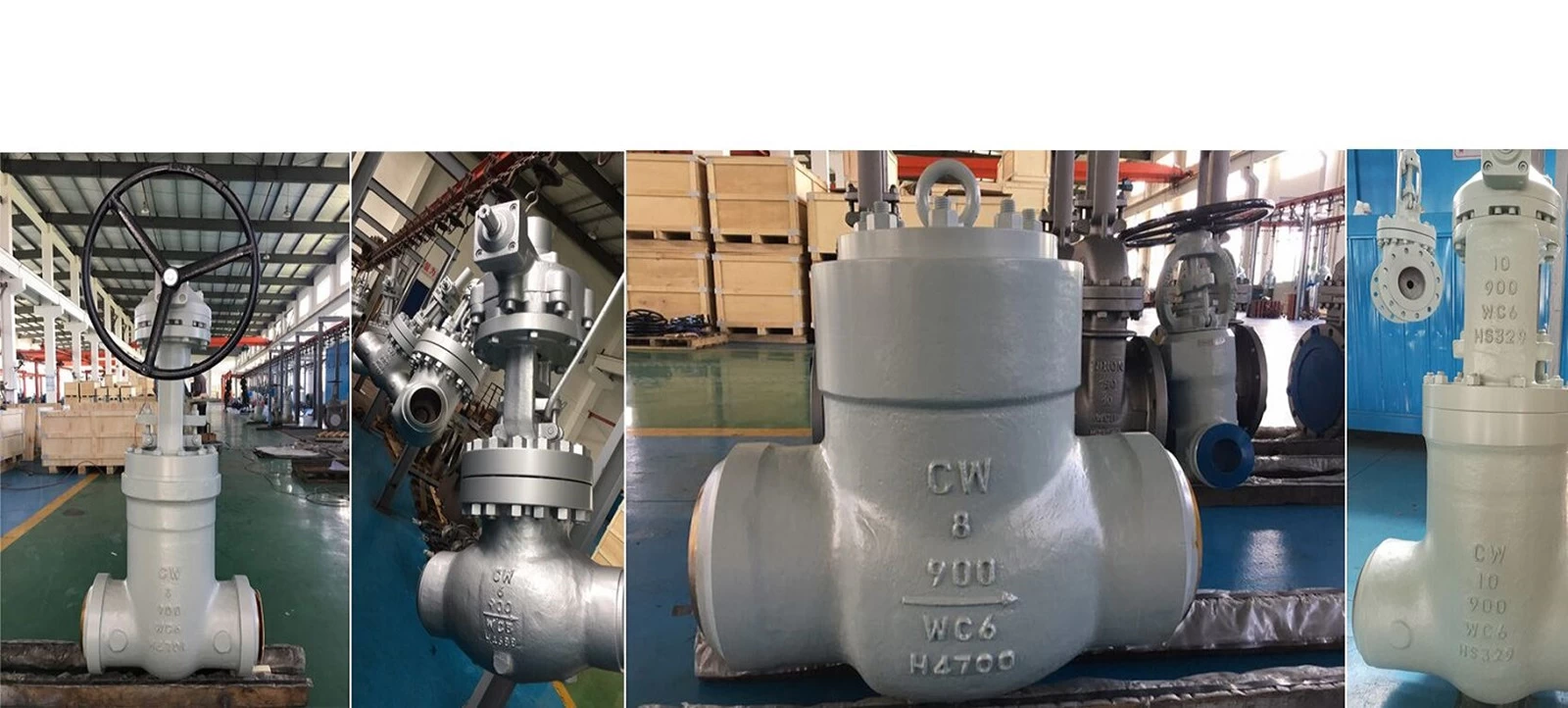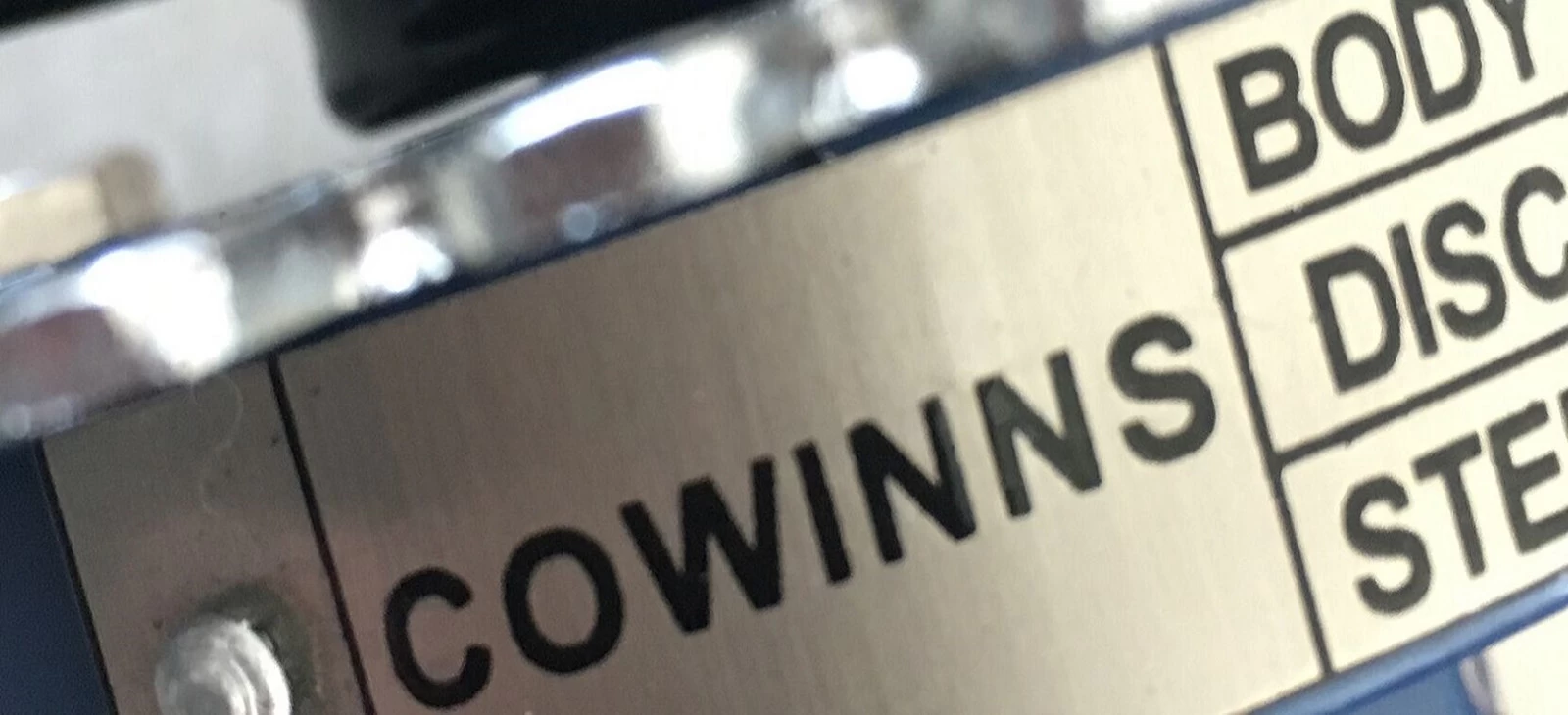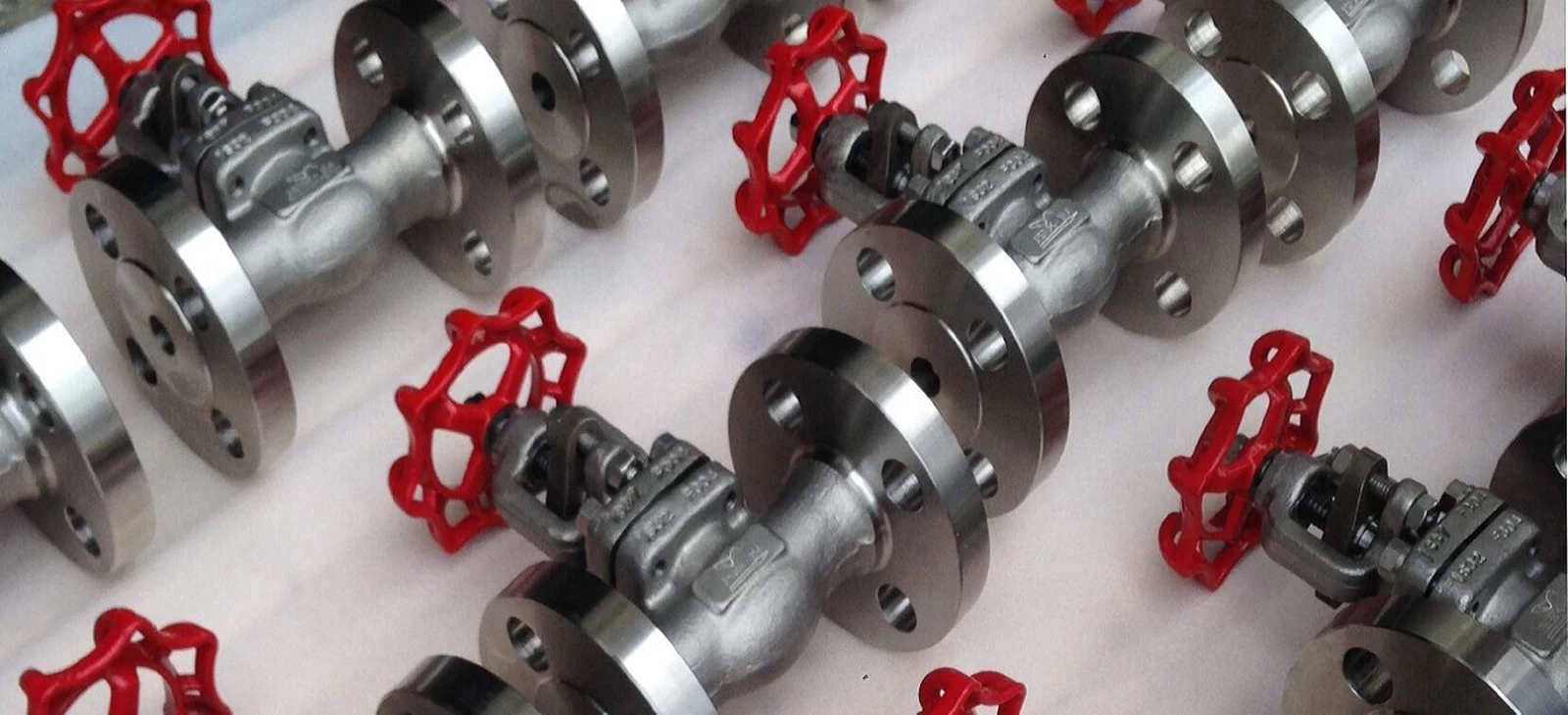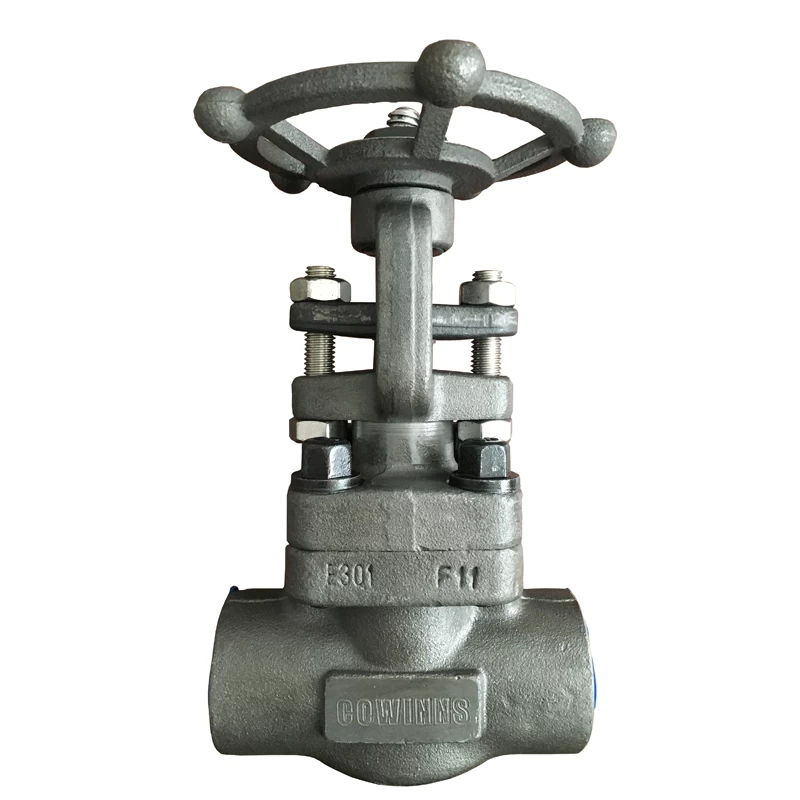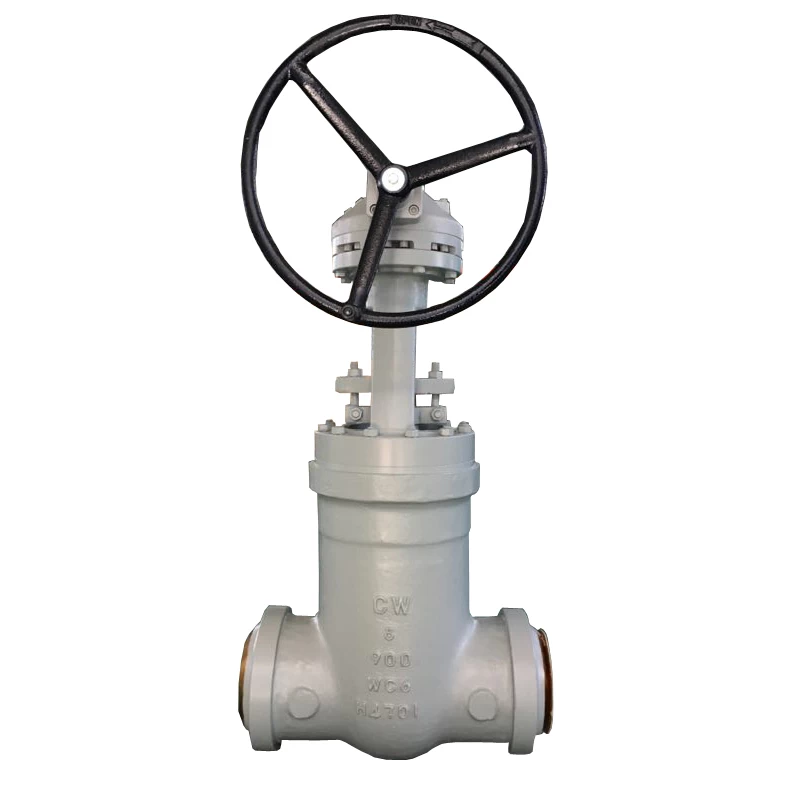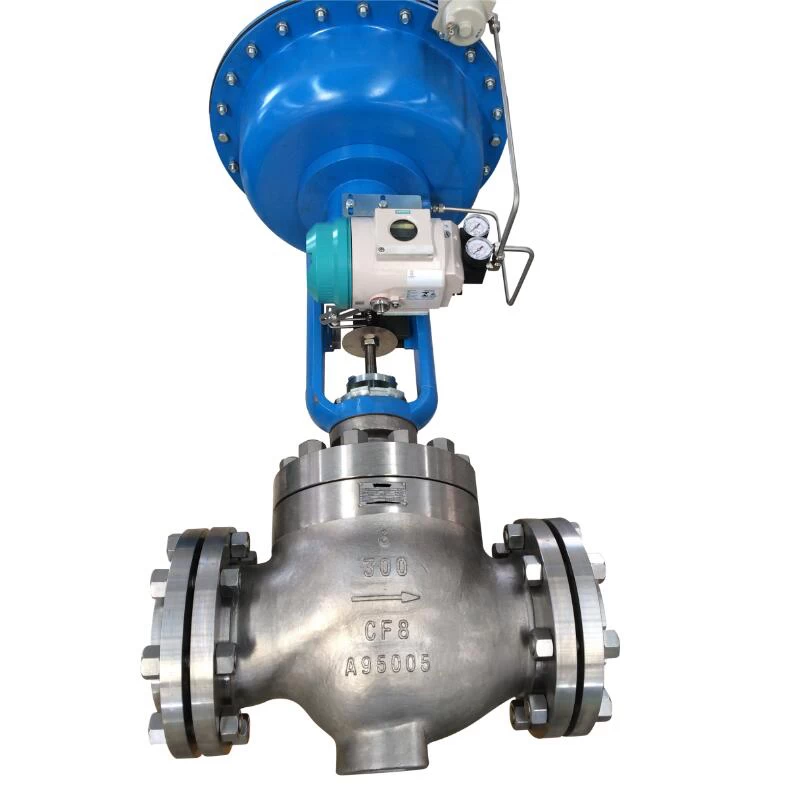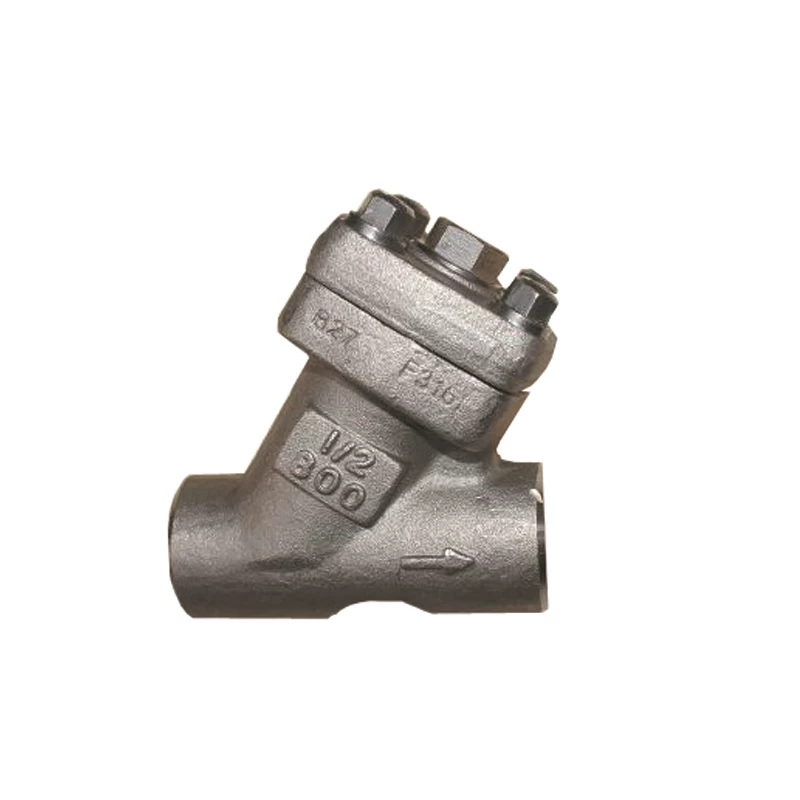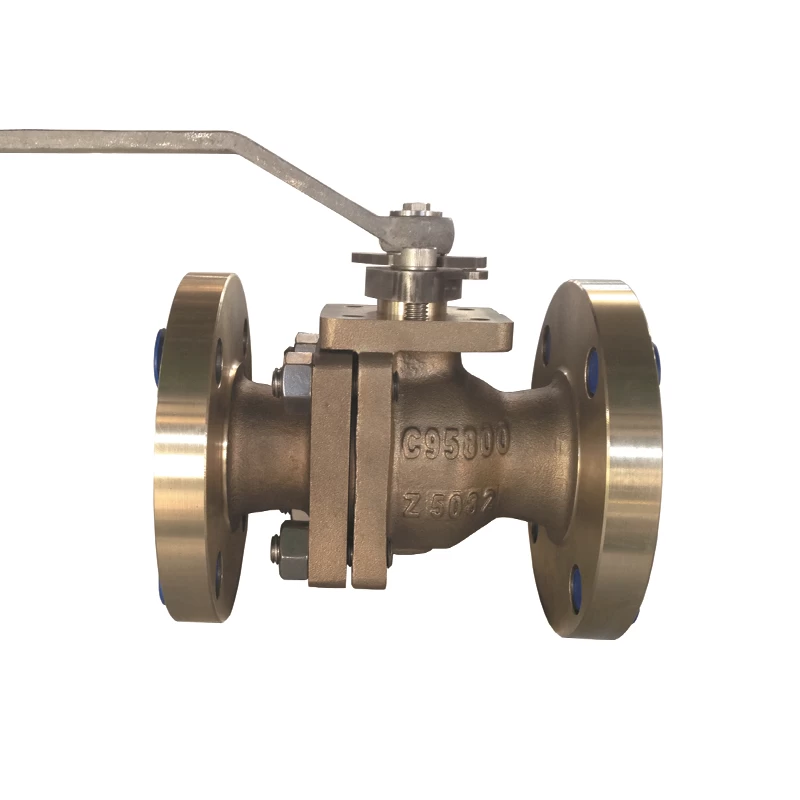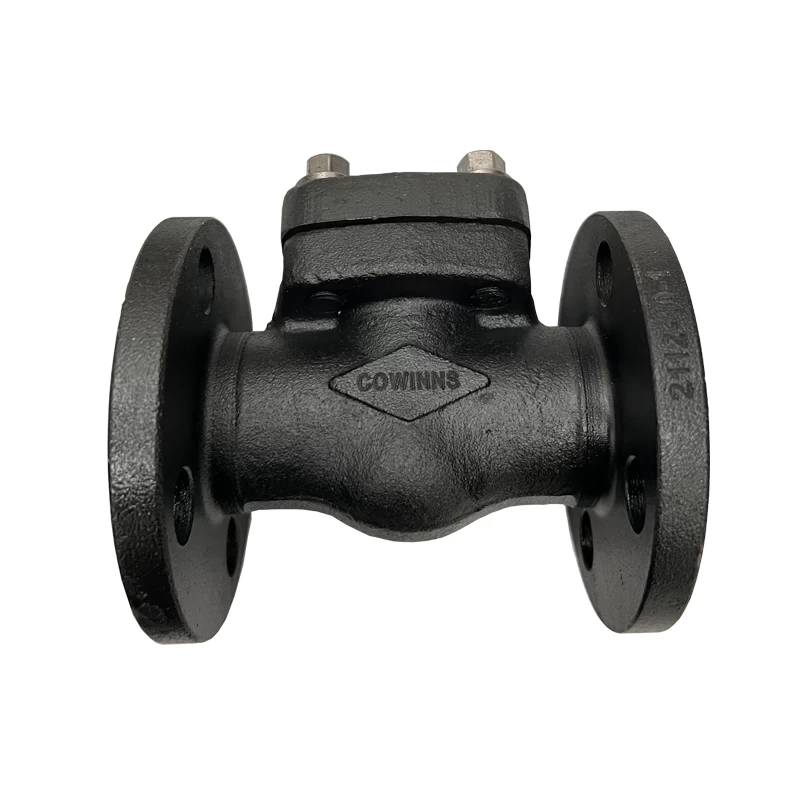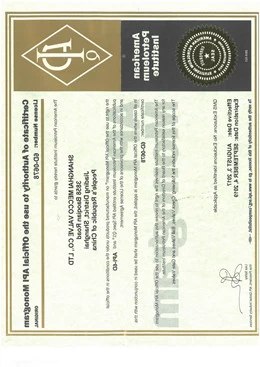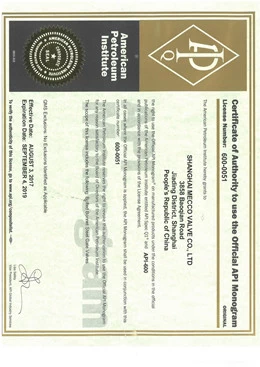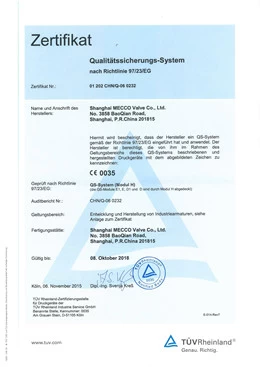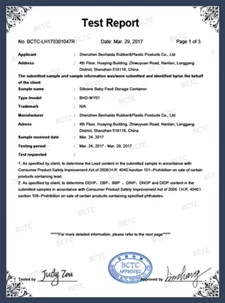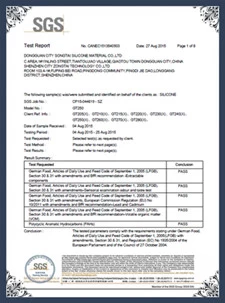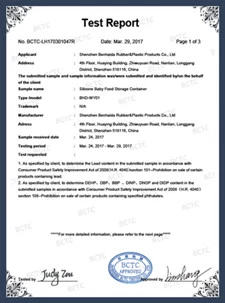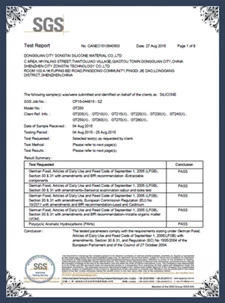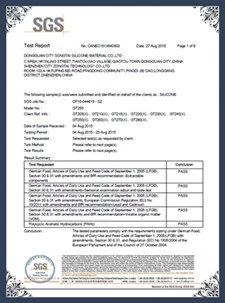Selection and design of gaskets
In the production, processing, storage and transportation and even sales of petroleum, petrochemical, chemical and other industries, it is often accompanied by dangerous factors such as flammable, explosive, high temperature, high pressure, toxic and harmful, and corrosion. The working medium of machines and equipment in use " "Run, run, drip, leak" has brought great harm to production. The leakage of the working medium in the equipment will cause waste and pollute the environment.
Gasket sealing is the most important type of static sealing in detachable connections such as pressure vessels(Fisher control valves gaskets have excellent performance China fisher pneumatic diaphragm control valve agents feedback), process equipment, power equipment and connecting pipes in process industrial installations. They contain a wide range of fluid media, and preventing liquids or gases from leaking through these joints is the most important and difficult task facing the factory.
With the enlargement of production equipment, the production process develops in the direction of high temperature, high pressure, and high speed. There are more and more opportunities for leakage, the probability of accidents is increasing, and the economic losses caused are increasing. Often a leak of a flange may cause a set of equipment or even the entire plant to be shut down. It is also very likely to cause major accidents such as fire, explosion, and casualties. The leakage will cause environmental pollution, product loss and even accidents. Gaskets The importance of sealing is self-evident. Therefore, the problems in the selection, design and manufacture of gaskets have gradually attracted great attention.
So how do you choose the right gasket?
Gaskets and gasket seals
A gasket is a material or a combination of materials held between two independent connectors (mainly flanges), and its role is to maintain the seal between the two connectors for a predetermined service life.
Gaskets must be able to seal the joint surface and ensure that the sealing medium is impermeable and non-corrosive and can withstand the effects of temperature and pressure. Gasket seals generally consist of connectors (such as flanges), gaskets and fasteners (such as bolts and nuts) (see Figure 1). Therefore, when determining the seal of a flange, the entire flange connection structure must be Think of it as a system. Whether the gasket works normally or fails, in addition to the performance of the gasket chosen, it also depends on the stiffness and deformation of the system, the roughness and parallelism of the joint surface, and the size and uniformity of the fastening load.
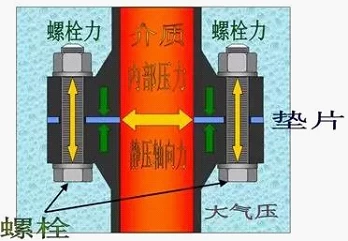
Figure 1-Gasket sealed flange connection structure
Five elements of gasket selection
Knowing the structure of the gasket seal, we can consider choosing a suitable gasket from five aspects: temperature, application, medium, pressure and size (TAMPS).
1.Temperature
The gasket used should have a reasonable service life at the highest or lowest operating temperature. The maximum operating temperature of different gasket materials varies widely.

Figure 2-Maximum working temperature of common non-metallic materials
In addition to the maximum and minimum operating temperature that can be tolerated in the short term, the allowable continuous operating temperature should also be considered. The gasket material should be able to resist creep to reduce the stress relaxation of the gasket, so as to ensure that the gasket is sealed under working conditions. Most gasket materials will have serious creep with increasing temperature. Therefore, the gasket An important indicator of film quality is the creep relaxation performance of the gasket at a certain temperature.
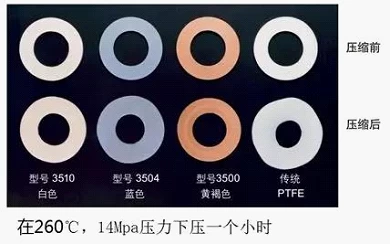
Figure 3-Comparison of creep tests of different modified PTFE and traditional pure PTFE
2.Application
It mainly refers to the information of the connection system where the gasket is located. It is necessary to select the appropriate gasket material and type according to the material of the flange, the sealing surface type of the flange, the roughness of the flange, and the bolt information.
For non-metal flanges, you must choose a gasket with a relatively small pre-tightening force, otherwise it is likely that during the tightening of the flange, the gasket has not been compressed and the flange has been crushed (see Figure 4) ).
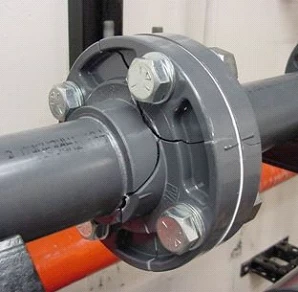
Figure 4-Non-metallic flange is crushed
For different flange sealing surface types, the corresponding gasket type is also different. For example, the winding gasket type corresponding to the protruding flange (RF) is the winding gasket with inner and outer ring, and the tongue and groove surface (TG ) The type of winding gasket corresponding to the flange is the basic type, and the type of winding gasket corresponding to the MFM flange is the winding gasket with only the inner ring (see Figure 5).
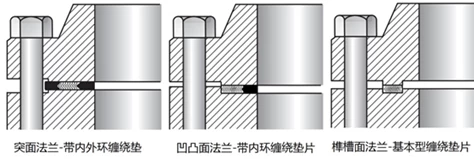
Figure 5-Different flange sealing surface types correspond to different types of wound gaskets
Different gaskets have different flange roughness requirements
3.Medium
The gasket should not be affected by the sealing medium under the full working conditions, including high temperature oxidation resistance, chemical corrosion resistance, solvent resistance, and permeability resistance. Obviously, the chemical resistance of the gasket material to the medium is the gasket First condition. For non-metallic gaskets or non-metallic materials in composite gaskets, the chemical resistance of the materials can refer to the non-metallic material chemical resistance table provided by the gasket manufacturer. For the metal material in the gasket which is in direct contact with the medium, it should be the same as the flange material or have higher corrosion resistance.
4.Pressure
The gasket must be able to withstand the maximum pressure, which may be the test pressure, which may be 1.25-1.5 times the normal working pressure. For non-metallic gaskets, the maximum pressure is also related to the maximum operating temperature. Some China high pressure high temperature control valve suppliers always give good suggestions on gaskets selection especially for high pressure and high temperature control valve .Usually, the value of the maximum temperature multiplied by the maximum pressure (that is, the PxT value) has a limit value, so when selecting its maximum operating pressure, it is also necessary to consider The maximum PxT value that the gasket can withstand. The following figure is the PxT value chart of GARLOCK common pressed gaskets. Different types of gaskets can withstand different pressures.
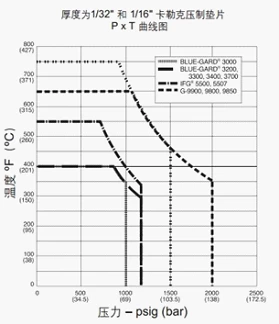
Figure 6-P╳T value chart of GARLOCK common pressed gasket
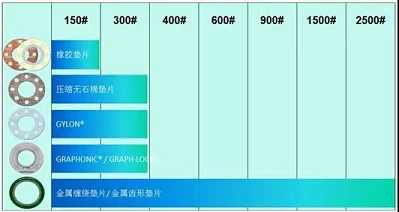
Figure 7-Flange pressure levels applicable to various types of gaskets
5.Dimensions
When satisfying flange roughness and unevenness conditions, choose a thin gasket as much as possible. The thickness of the gasket is related to its type, material, diameter, processing condition of the sealing surface and sealing medium. For most non-metal sheet gaskets, thin gaskets are also more resistant to stress relaxation. Because the inner area of the thin gasket that is in contact with the medium is also small, the leakage along the gasket body is also reduced. In this case, the blowing force of the gasket is also small. Figure 9 shows that the anti-blowout capability of thin gaskets is stronger than that of thick gaskets. Of course, you can also choose the thickness of the gasket and other dimensions by referring to the gasket standard.
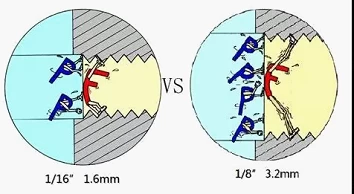
Figure 8- Schematic diagram of radial force of gaskets with different thicknesses under the same working conditions
In addition, because the gasket usually uses a bolt-flange connection structure, the bolts need to be pre-tightened to meet the sealing requirements during assembly. In addition, the gasket in this structure is a sealing element affected by many factors. Controlling the preload is a tricky issue. The compression load required for various gaskets is also different. For gasket seals with special requirements, they do not have standard connection dimensions, such as flange thickness, bolt size, bolt spacing, etc., which requires special design considerations.
 +86 512 68781993
+86 512 68781993 
